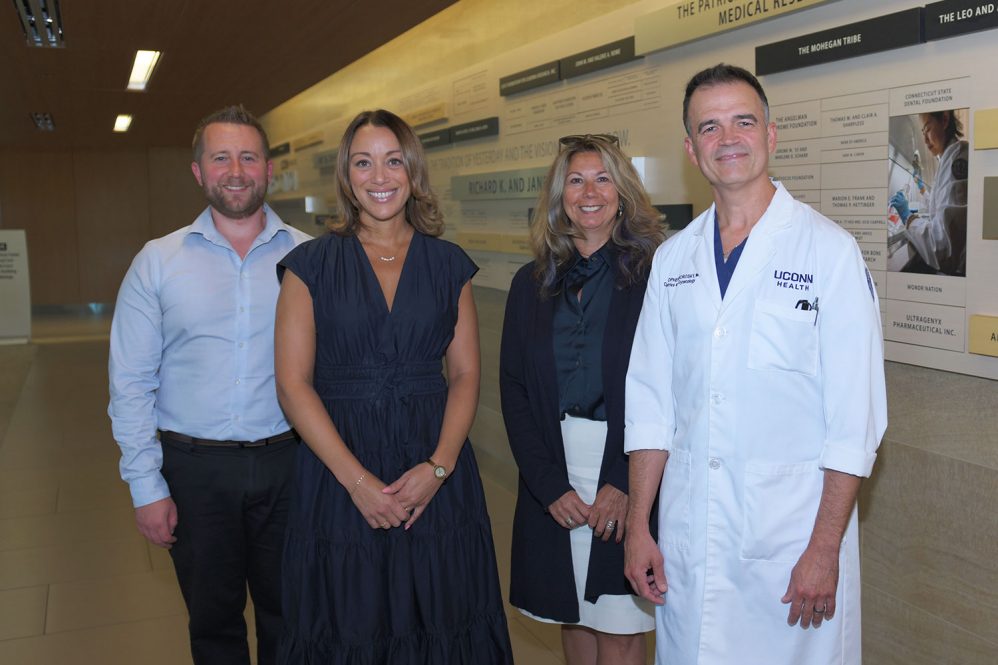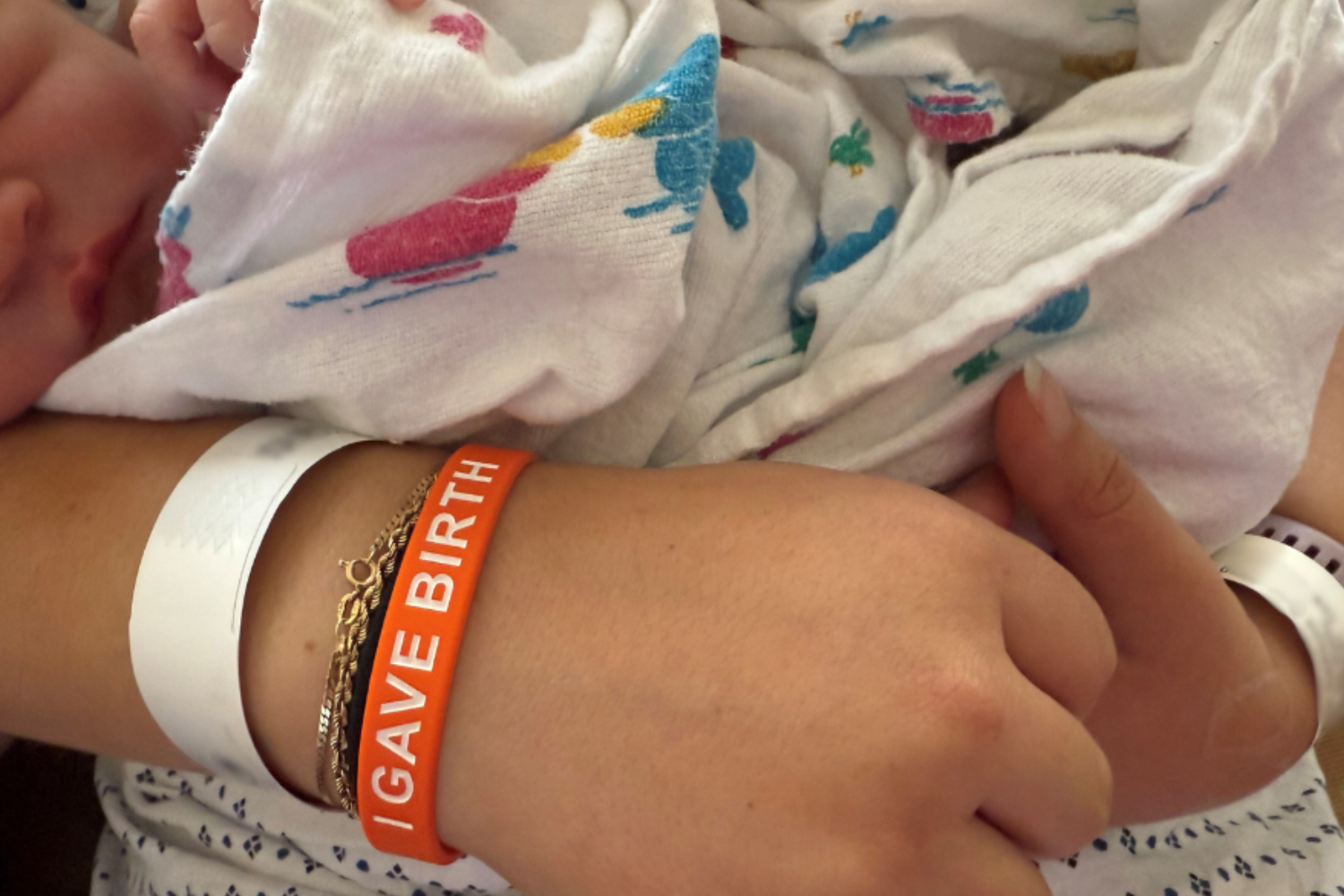A multidisciplinary team at UConn Health is working to identify health care disparities and taking action to ensure the health-related social needs of John Dempsey Hospital patients are met.

New requirements from The Joint Commission, an external health care organization accreditation body, aim to reduce disparities in health care settings. To ensure that UConn Health meets these requirements, Dr. Jeffrey Hines, vice president, Office for Diversity and Inclusion, UConn and UConn Health, compiled a team of stakeholders known as the Joint Commission Health Disparities Working Group.
“We can only truly reach health equity as we care for the individual patients we serve and simultaneously create solutions to the real needs of communities, often ignored, by a collaborative group of engaged internal and external partners,” said Hines.

“There’s more to health care than prescribing the right medications,” said Dr. Christopher Steele, member the Joint Commission Health Disparities Working Group and assistant professor of medicine at UConn Health. “The working group is creating a more equitable approach to medical care that we need by doing things like looking for utility challenges, housing and stability, food insecurity, transportation needs, we could hopefully, for all inpatient patients emitted to the hospital, we can start the process by identifying those needs now, getting them connected to the right resources and the communities.”
One of The Joint Commission’s standards requires that an action plan be developed around a disparity identified within the institution.
Using a health equity “dashboard” — which houses self-reported compositional diversity of the patients, along with de-identified and disaggregated metrics of age, race, ethnicity, preferred language, payor status, and zip code — the working group identified a disparity in the rate of postpartum infections among Latine obstetric patients.
The data showed that the rate of postpartum infections among UConn Health’s Latine obstetric patient cohort was 18.5%, compared to the white obstetric cohort at 6%.

“Disaggregated data has been extremely valuable in uncovering disparities within our hospital,” said Khadija Poitras-Rhea, associate vice president of population health and member of the Joint Commission Working Group. “Through a careful review of data, our vice president for diversity and inclusion found a higher prevalence of infection rates in Latina patients postpartum. This has led to a host of clinical interventions by our obstetrics teams but also opened the door to new collaborations with community partners like the Hispanic Health Council to support education initiatives, community outreach and additional resources to help our patients and their families improve their health outcomes.”
The action plan included working alongside UConn Health’s OB-GYNs, cataloging the distinct types of postpartum infections, reviewing the type and timing of antibiotics and skin preparation at time of surgical delivery, evaluating the use of translation services, and assessing if antibiotics are needed at discharge are available to patients and if appropriate resources are distributed at discharge.

“The data made clear that our Latina patients were experiencing postpartum infections at a higher rate, and that is unacceptable,” said Dr. Christopher Morosky, associate professor of obstetrics and gynecology. “Our responsibility is not only to recognize these inequities but to act decisively to correct them. This work reflects our commitment to ensuring every patient receives the highest standard of care. This initiative also shows the power of bringing together data, clinical expertise, and community partnerships. By working collaboratively, we have already seen measurable improvements, and we remain committed to sustaining progress toward equity in maternal health.”
In evaluating the data from 2023 through 2024, one year into implementation of the action plan, there has been a significant decrease in the observed rate of postpartum infections per 1,000 in this population of patients.
The findings were recently announced in the working group’s second annual report.
“Members of historically marginalized groups may have different experiences with the health care system and may experience lower quality care,” said Poitras-Rhea. “It is important that these disparities are identified and addressed because all patients should receive high quality care to assure the best possible health outcomes. As health care professionals, it is important that we know these disparities exist and we work collaboratively to mitigate their impact on our patients’ health and wellness.”



